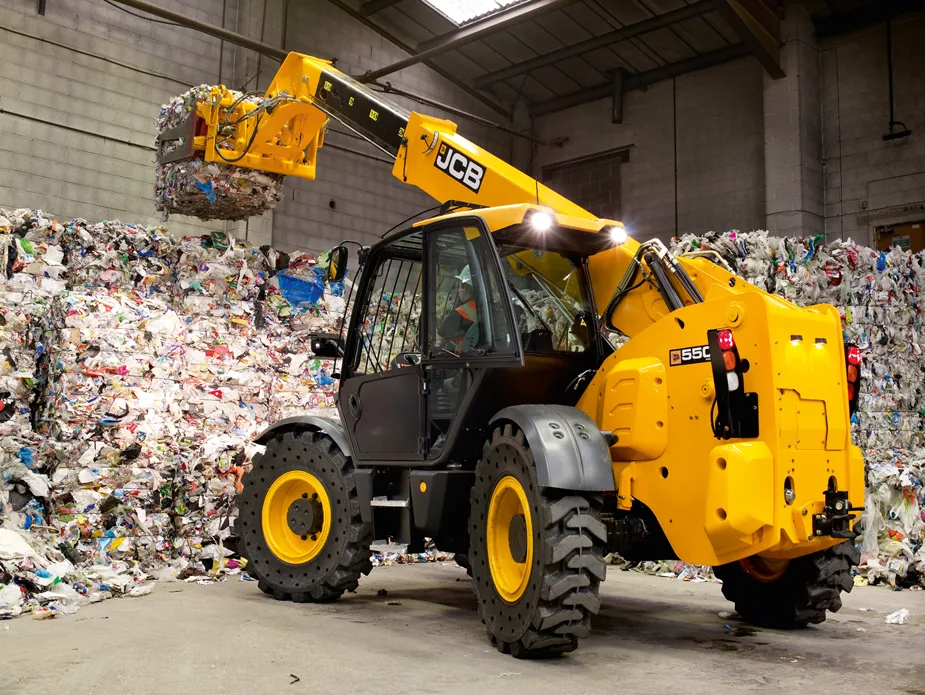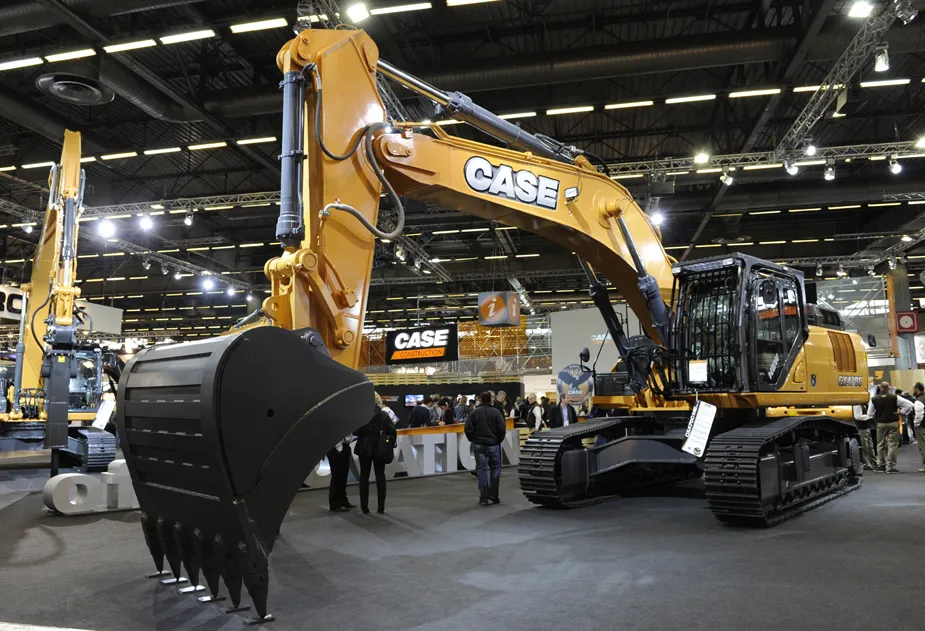JCB has added the high-capacity 550-80 Loadall to its telescopic handler line. The 550-80 is JCB’s highest capacity Loadall and it has been specifically designed for bulk handling operations in heavier duty applications such as loading duties with a bucket and materials recycling and waste handling operations.
February 3, 2012
Read time: 1 min

The 550-80 is JCB’s highest capacity Loadall and it has been specifically designed for bulk handling operations in heavier duty applications such as loading duties with a bucket and materials recycling and waste handling operations.
Key features of the 550-80 include an 8.1m lift height with a 4.99tonne lift capacity, a 97kW engine and 140 litres/min variable flow hydraulics and high-flow pipework for optimised cycle times.
With loading operations in mind, the 550-80 features high dump and roll-back angles of 46° and 34° respectively. This is designed with material retention and stockpiling in mind for efficient lorry or hopper loading.
The model is also available in a Wastemaster specification. The inner boom of the 550-80WM uses a splayed nose design to maximise structural integrity while also incorporating Z-bar bucket linkage. This system provides 6.5tonnes of breakout force – an increase of more than 50% on the current 541 Wastemaster. The low boom line has been designed to aid all-round visibility.
%$Linker:
Outside: E5 Stand: E002
%$Linker:






